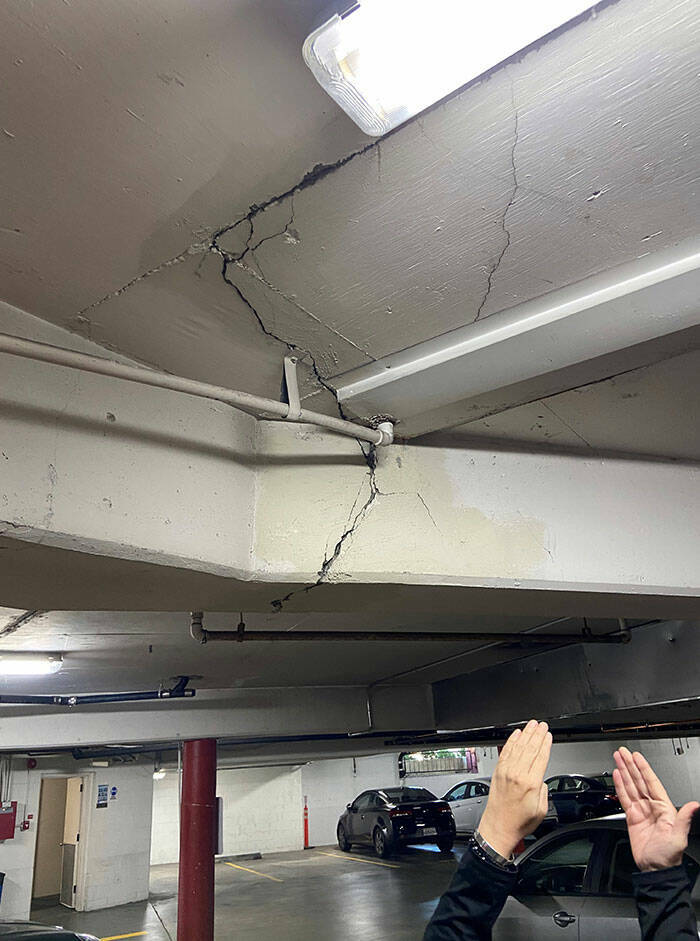
“This apartment complex’s tucked-under garage has begun to spall.
Spalling can cause serious injuries as it can damage the whole structure to a point of failure. There are three stories above this garage.”
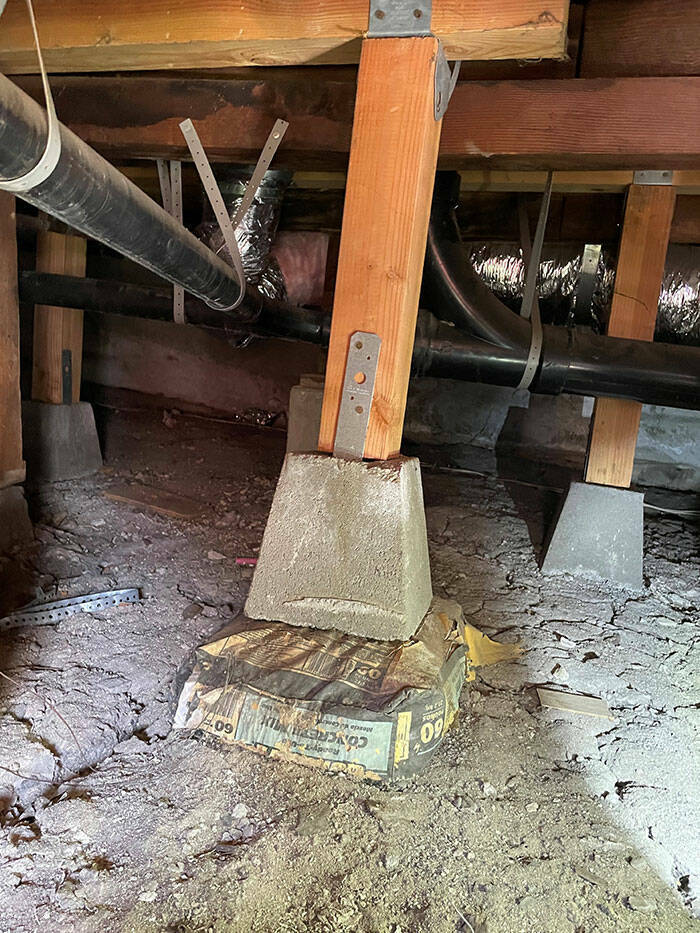
“They did not understand the assignment.”
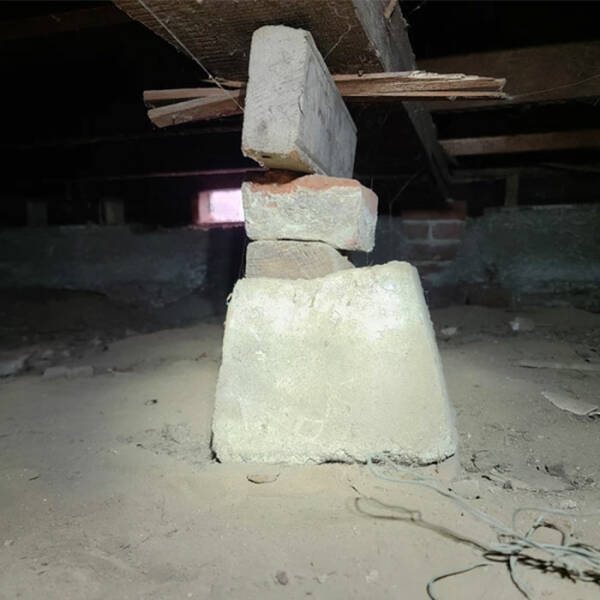
“This post and pier looks funny.
Someone replaced the post with a game of jenga.”
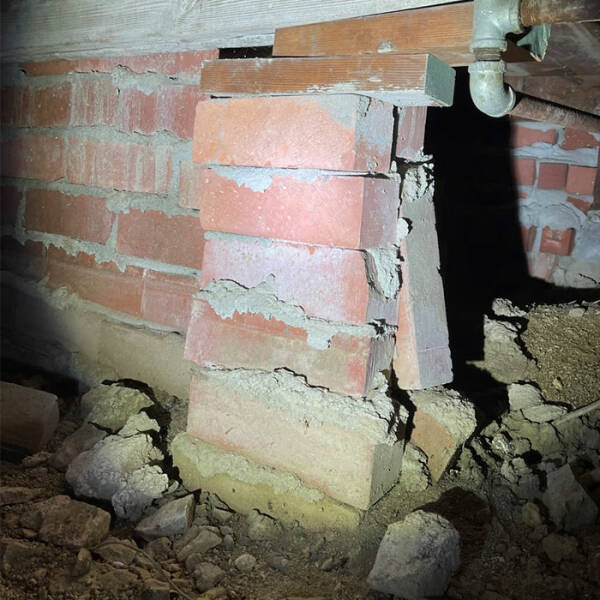
“The pig from the three little pigs story did a better job at building a house of bricks. This looks rushed. Maybe the big bad wolf was closer than they thought.”
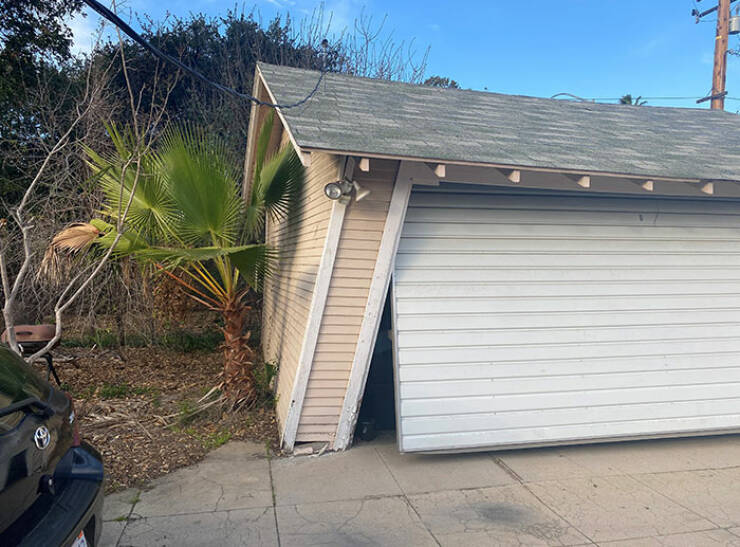
“Only bounce houses should move side to side. This home’s garage is clearly on its way out. Hope it’s empty.”
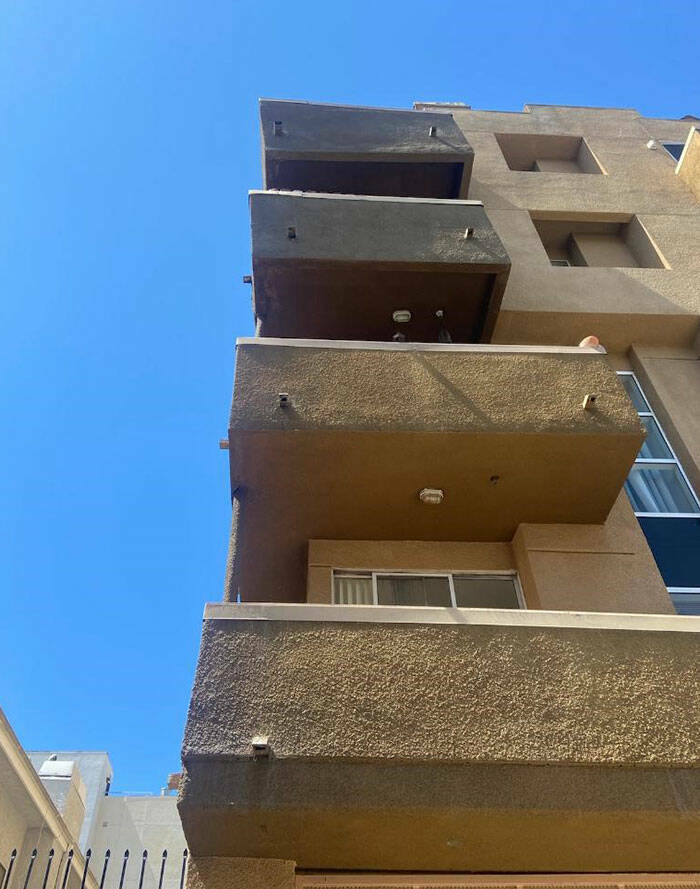
“The “Balcony Bill” was signed back in 2018, and for good reason. Let’s get them up to code now.”
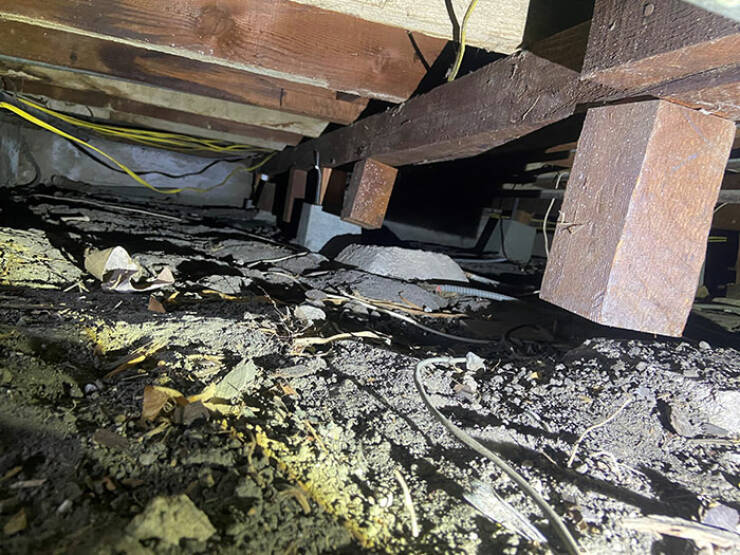
“I love magic shows. This house impressed me with floating posts and invisible piers.”
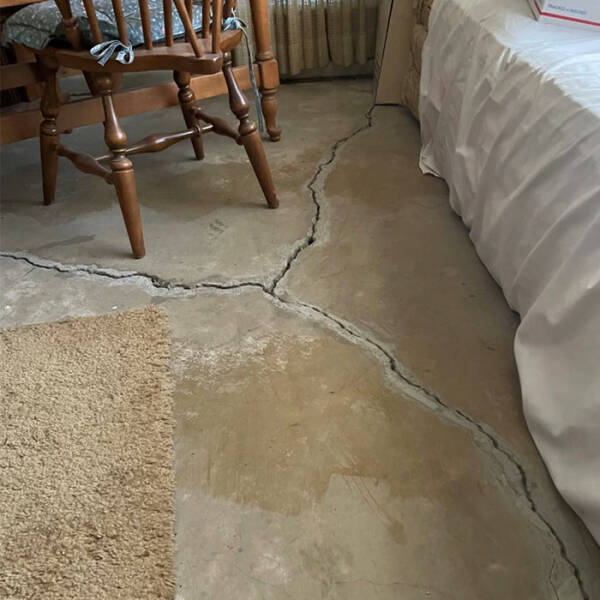
“Signs of slab damage are important to assess and handle as soon as possible.”
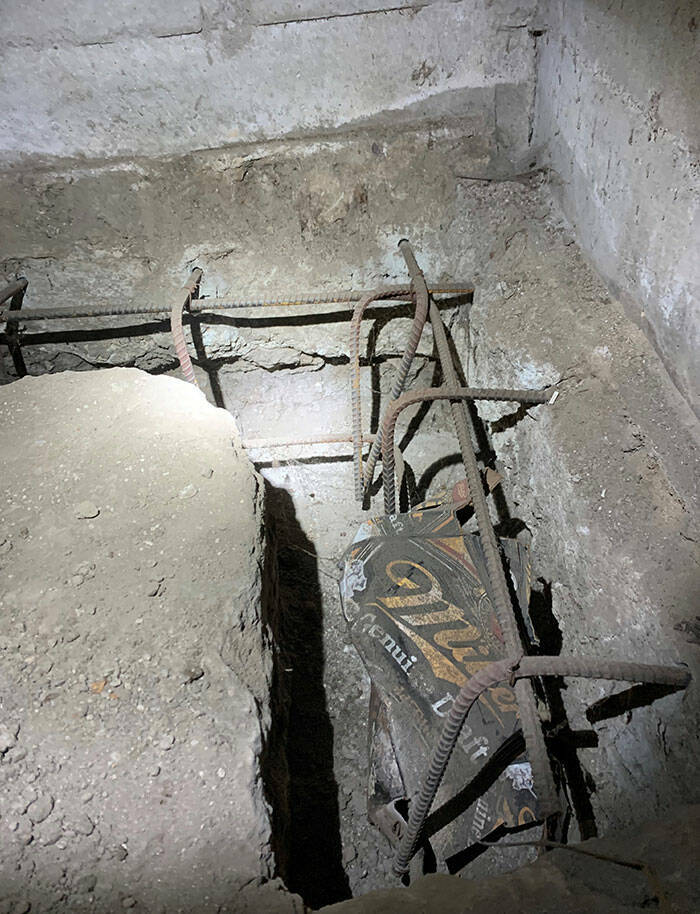
“Hmm, did they drink a bit too much and forgot to pour the footing?”
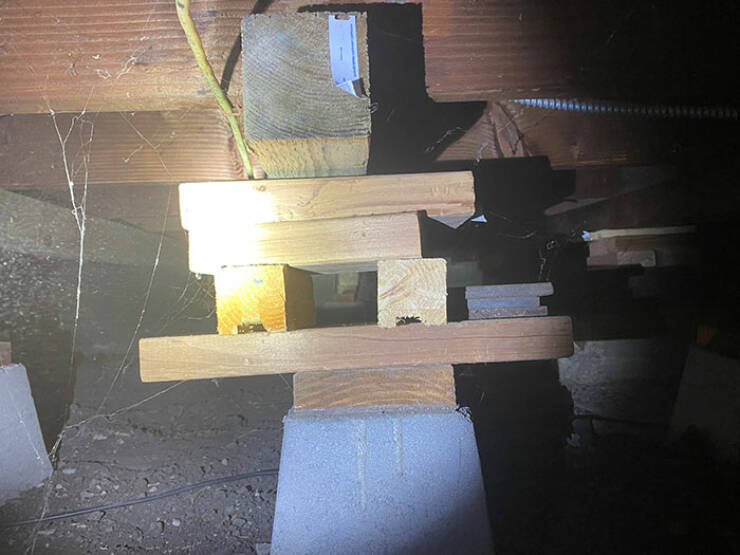
“Structural support shouldn’t be a balancing game.”
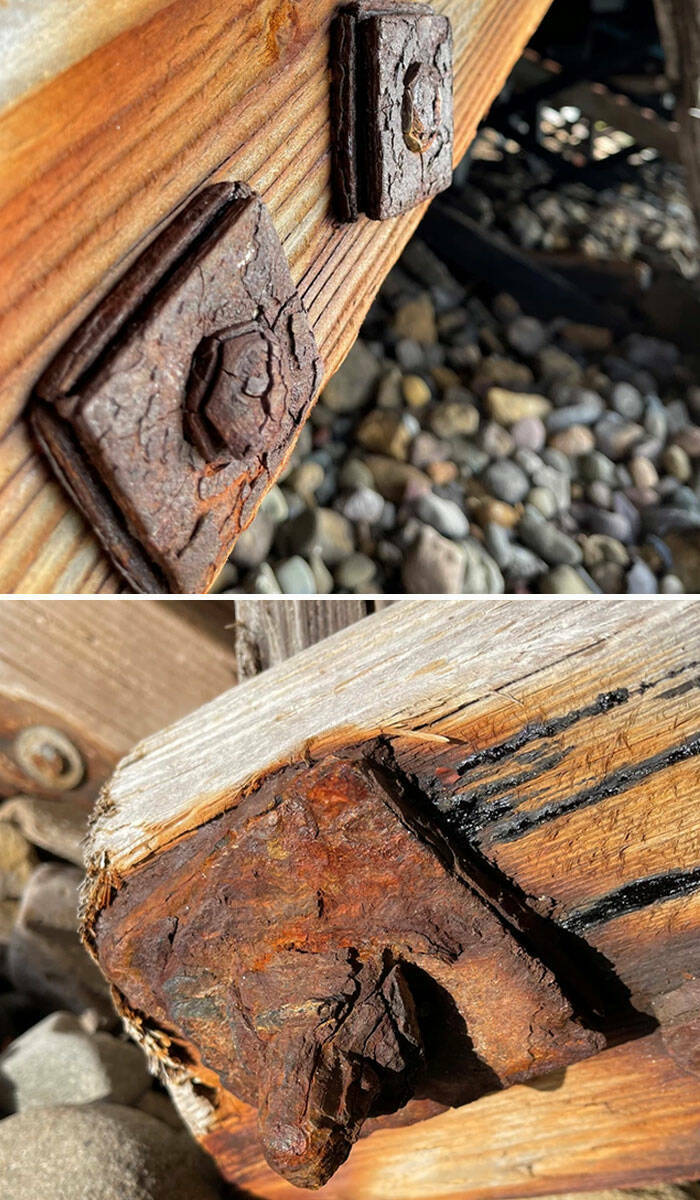
“When a deck is showing signs of wear and tear, you should look for any rusting of metal components. This isn’t only an appearance issue but, also a safety warning. The structural components of the deck could be unsafe and could cause a total collapse of the deck floor. Steel nails that are used in deck construction are coated with a layer of zinc that protects the steel from airborne ocean water salts. Over time the zinc layer is worn down by the corrosion process. Once the zinc layer is gone, bare steel is exposed to sea salts that rapidly destroy the structural strength of the nail connections, making deck components dangerous for occupant use.”
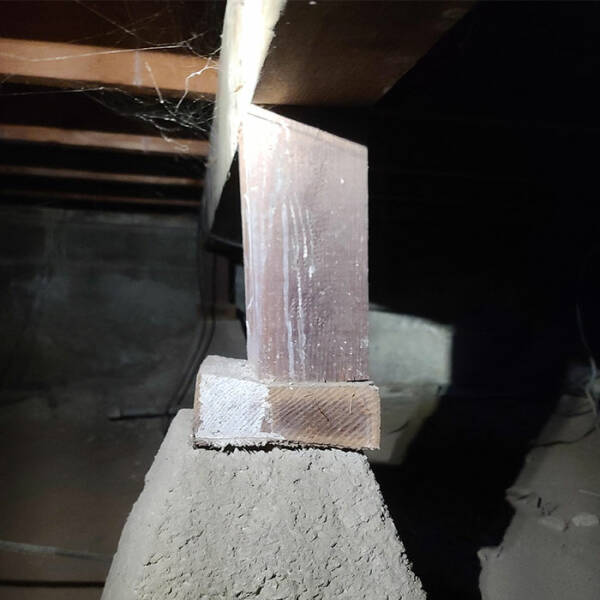
“I’m not sure why they went with an angled cut for the top of the post. This is going to be a “no” from me.”
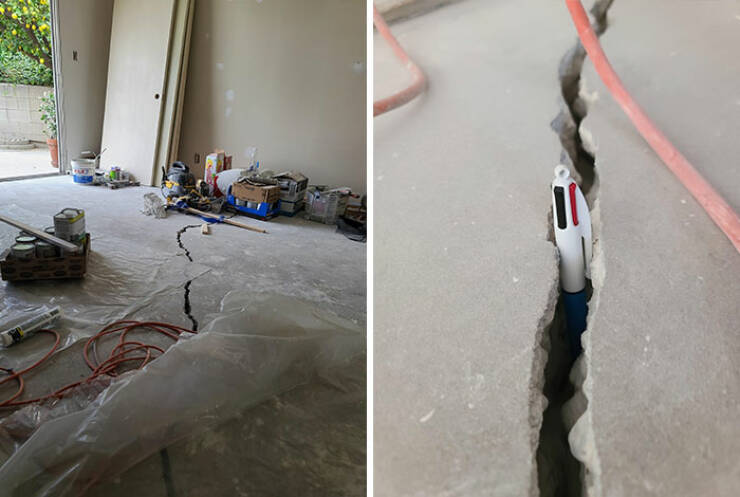
“Cracks in your garage can be common. When there is a significant crack like the one above, examining them further and checking the home for other signs of possible soil and foundation movement is recommended.”
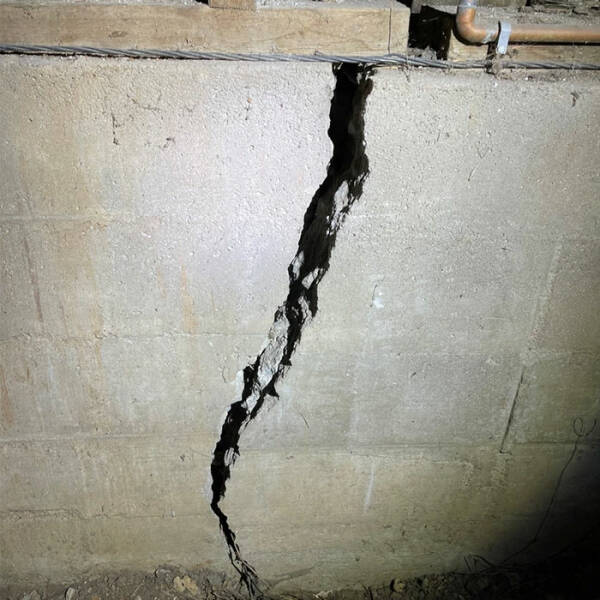
“In this scenario, we would most likely propose a partial foundation replacement. But all I can think is how many pens will fit in there?”

“Oh okay. I guess someone forgot to build a door to enter the other side.”
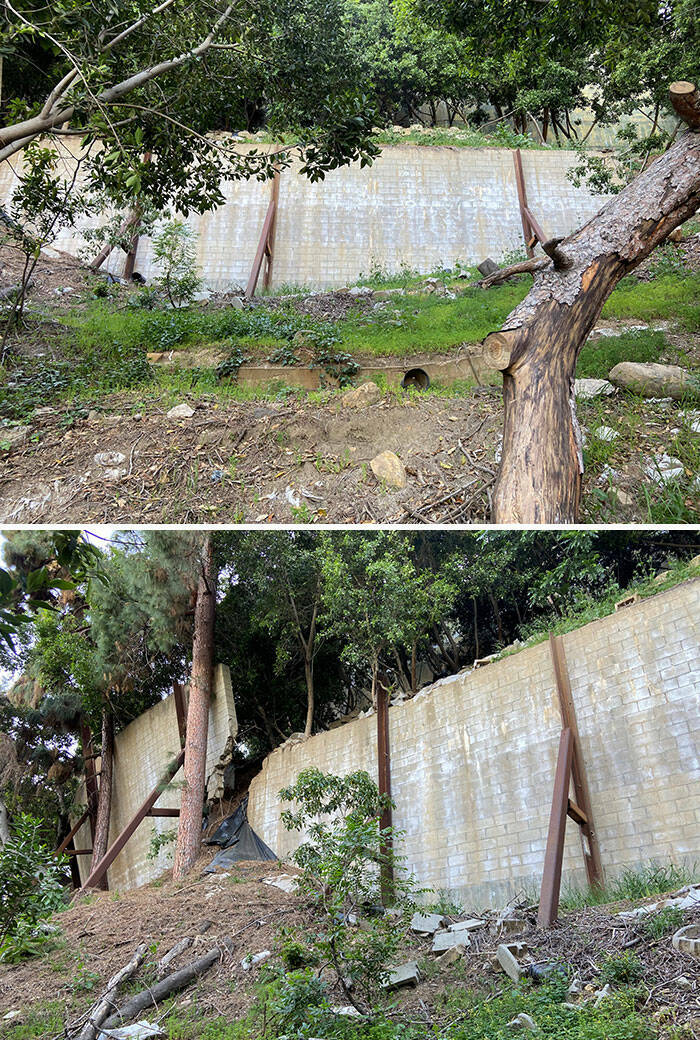
“The picture does not do the wall justice. This retaining wall is massive, and it is also failing. Yes, it has been braced. No, it doesn’t make it less scary.”
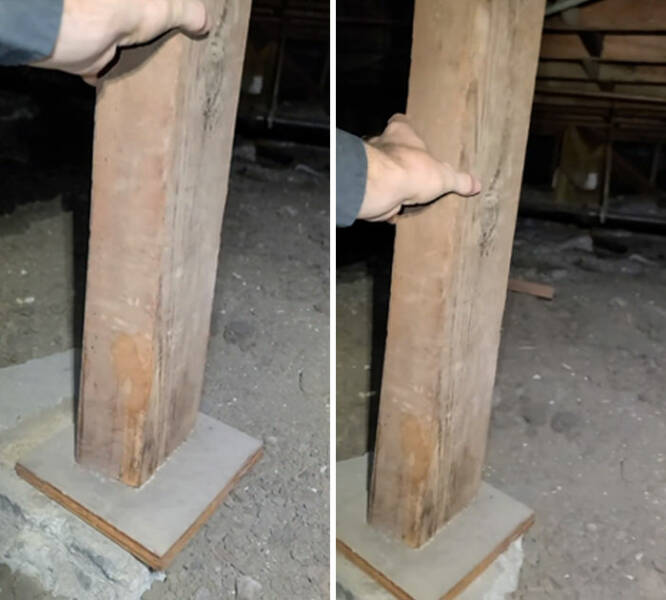
“Oh look: it moves. It shouldn’t need to be said, but no part of your home’s foundation should move with a push.”
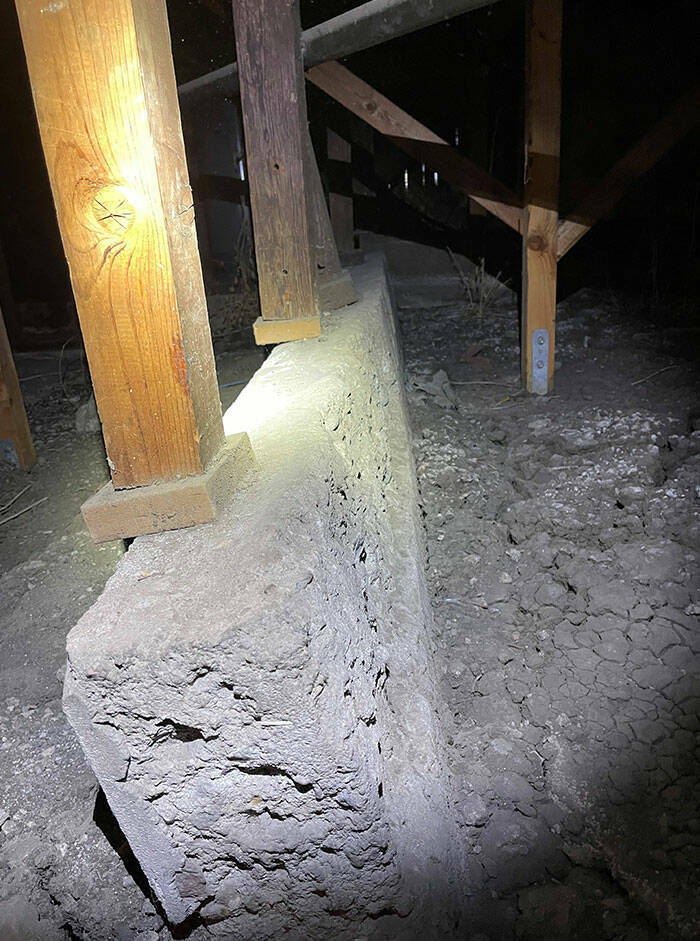
“This internal stem wall is leaning significantly to one side. This is compromising the structural integrity of the home as other sections now carry more weight than intended.”
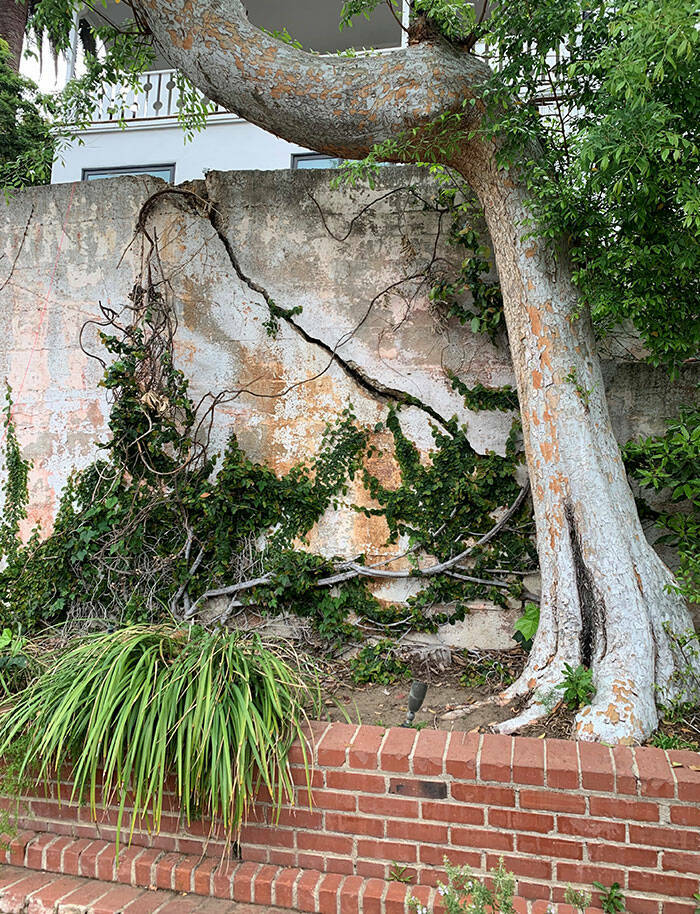
“Trees and plants need to be carefully chosen when this close to a wall. Usually, you would want to keep trees at least 15ft. away. Most of a tree’s growth happens out of sight, and those roots can do real damage.”
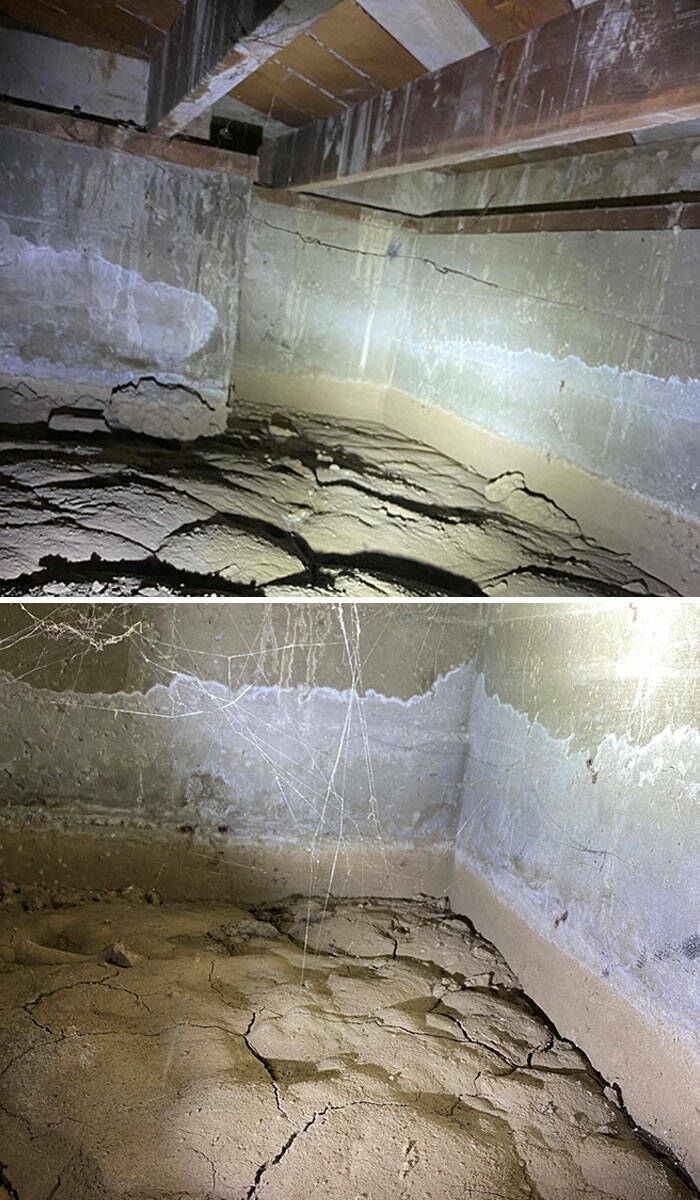
“Who else likes the corner pieces of a brownie better?”
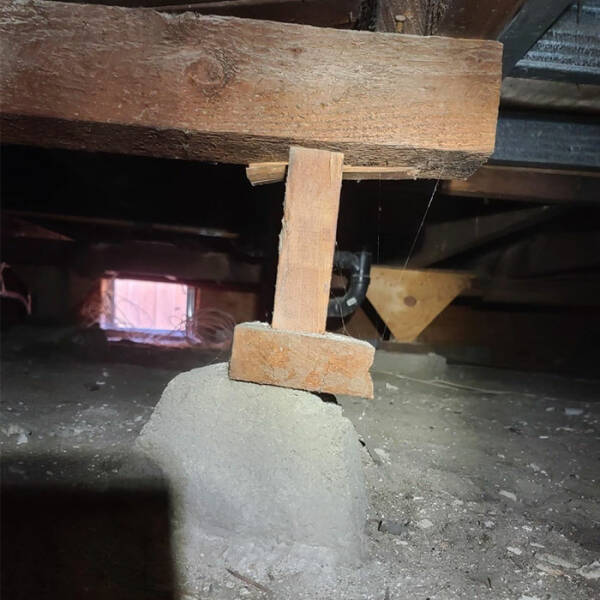
“Load-bearing spider webs keep this post and pier in working order.”
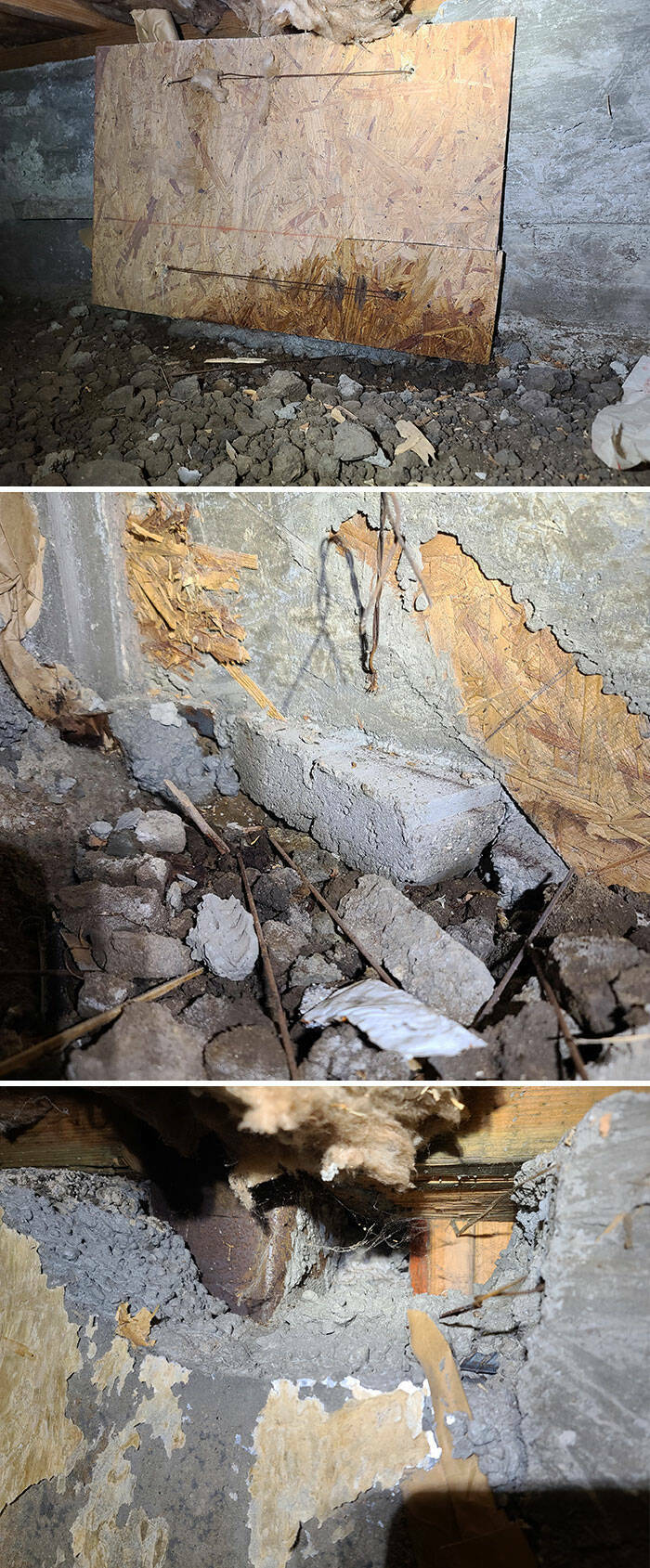
“We did this assessment for a brand-new home in Los Angeles built in 2017. This is a 3.2-million-dollar home. When we went into the crawlspace, we noticed these wood pieces in odd places. We’ve seen a thing or two, so we knew we had to cut these off and inspect behind it.
When we removed the wood pieces, we immediately knew why they were trying to hide what was behind it.
Sloppy concrete work. We found several exposed spots. Leaving components of the home open to the elements can cause problems like this rusted beam. This beam is holding up three stories.”
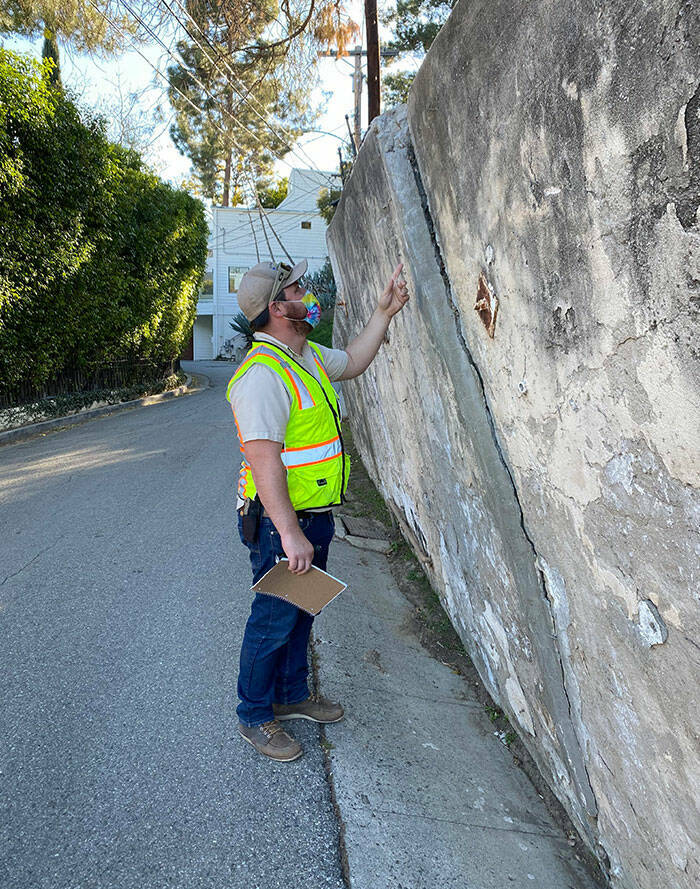
“One of our Senior Structural Assessors, Kyle, can be seen here inspecting a failing retaining wall.”
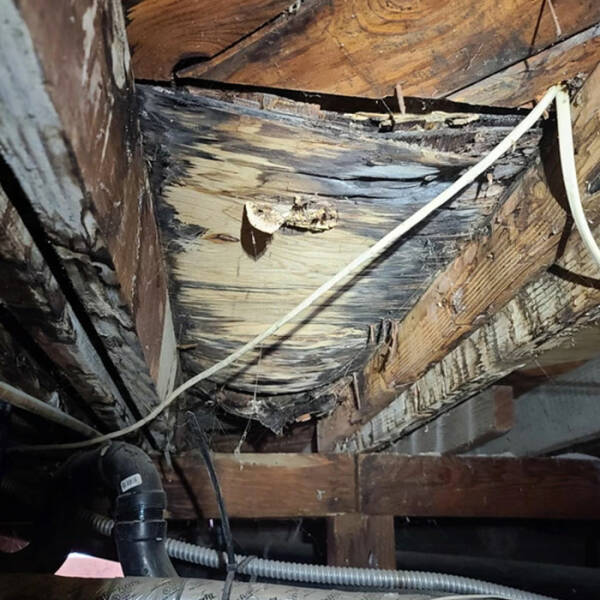
“Wood rot at its best… or worst.”
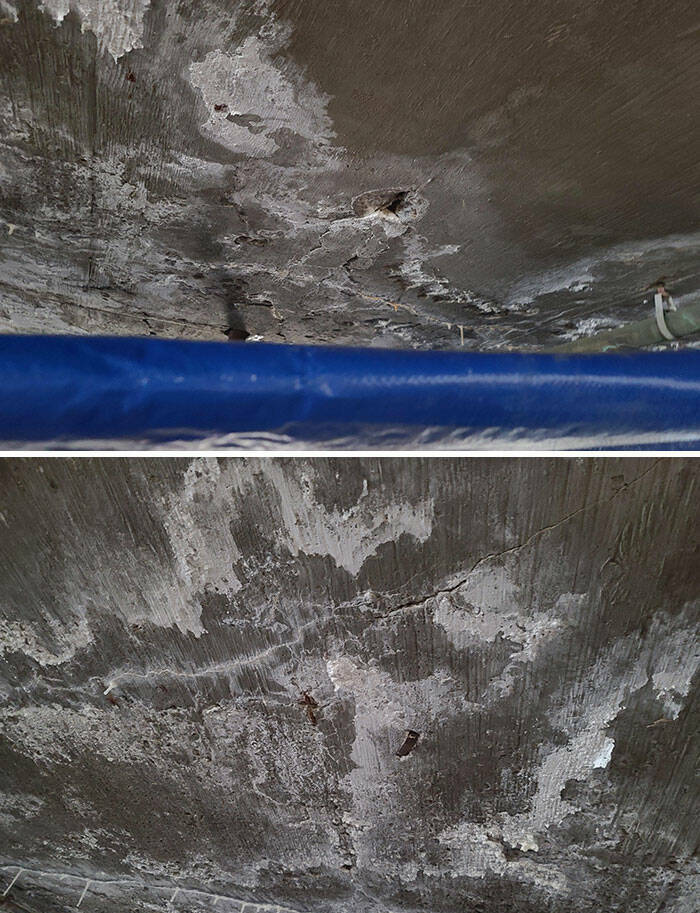
“Many people do not know that concrete is porous. So when it is wet, the water can make its way into the other side, and as moisture begins to seep into the concrete eventually, the water will break it down, causing cracks and leaks.
The combination of water and air encountering the rebar creates a chemical reaction called iron oxide, also known as rust.
The rebar inside the concrete will begin to rust once it is exposed to these elements.
Without them, the rebar will not rust.
Once the rebar begins to rust, it can cause the steel components of the building to expand 6 times the original size. This force created by the expanding rusted rebar causes the cracking and gaps you see.”
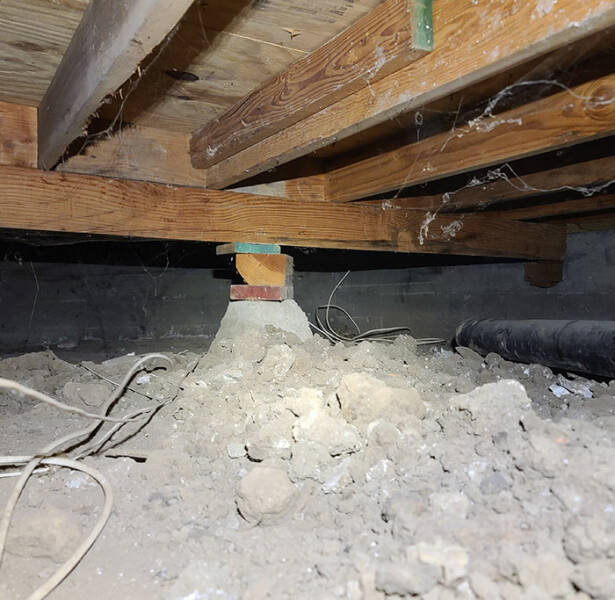
“Just imagine for one second dragging your body through a very tight space over thousands of little jagged rocks. This one hurt.”
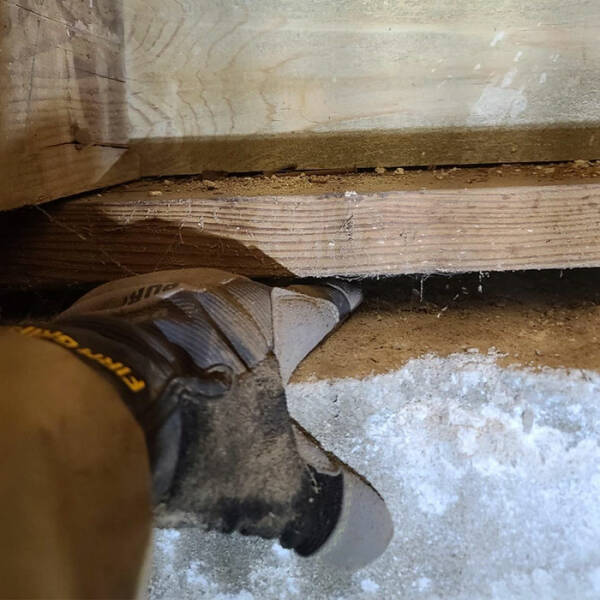
“Hmm, gap between the mudsill and stem wall… this homeowner is probably experiencing some sloping floors in this area.”
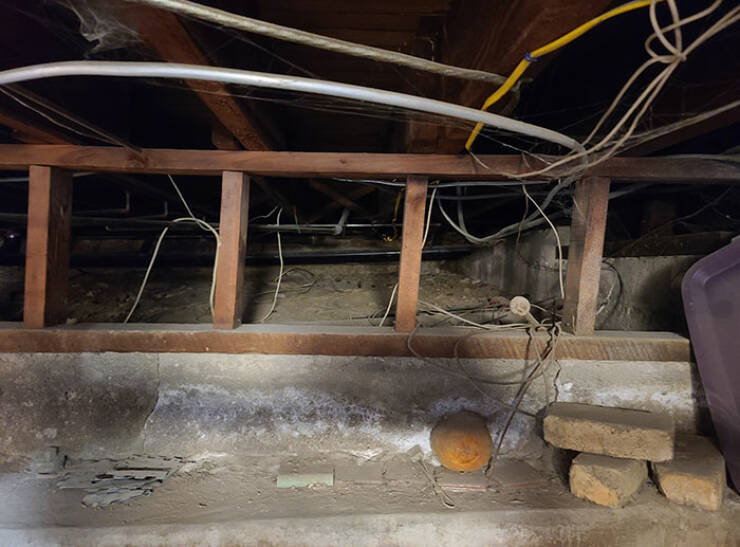
“This internal cripple wall is leaning to one side. I guess it’s already doing half the work for the next earthquake.”
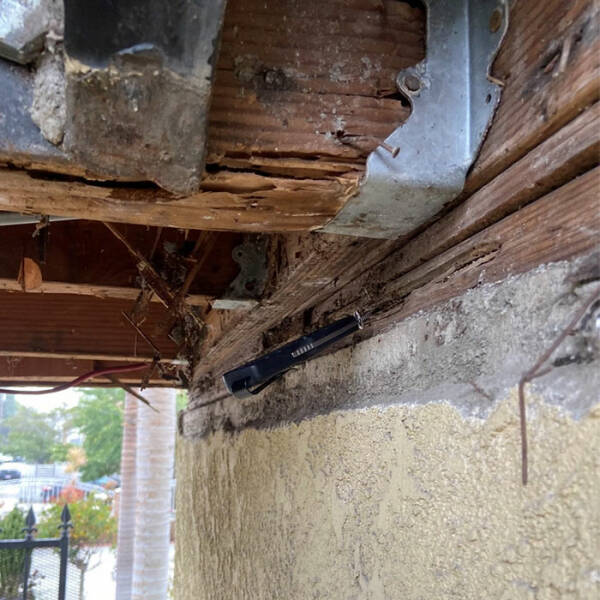
“Stick a knife in it. It’s done and needs to be replaced.”
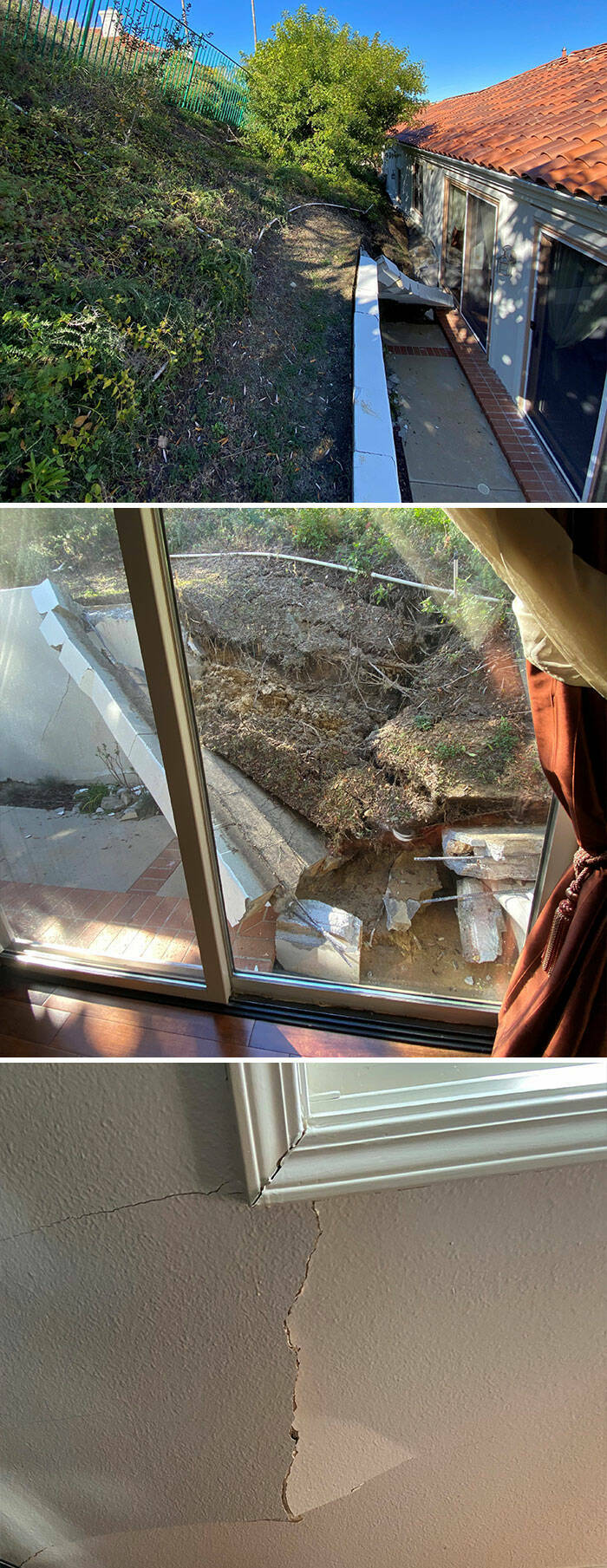
“The soil eroded and left a massive gap in the hill as it all came sliding down. All the extra weight causes the wall to get to a point that it is not strong enough to support the soil, it becomes overloaded, and fails.
A drainage system behind a wall like this could’ve potentially helped.
A drainage system can include a layer of gravel, drainpipes and weep holes that redirect the water that would usually sit behind the wall.
Retaining walls typically are not designed to resist the weight of soil and water. So, when hydrostatic pressure builds up behind a wall, it can become overloaded and fail.
The wall caused damage inside the home too.
This could’ve been much worse.”
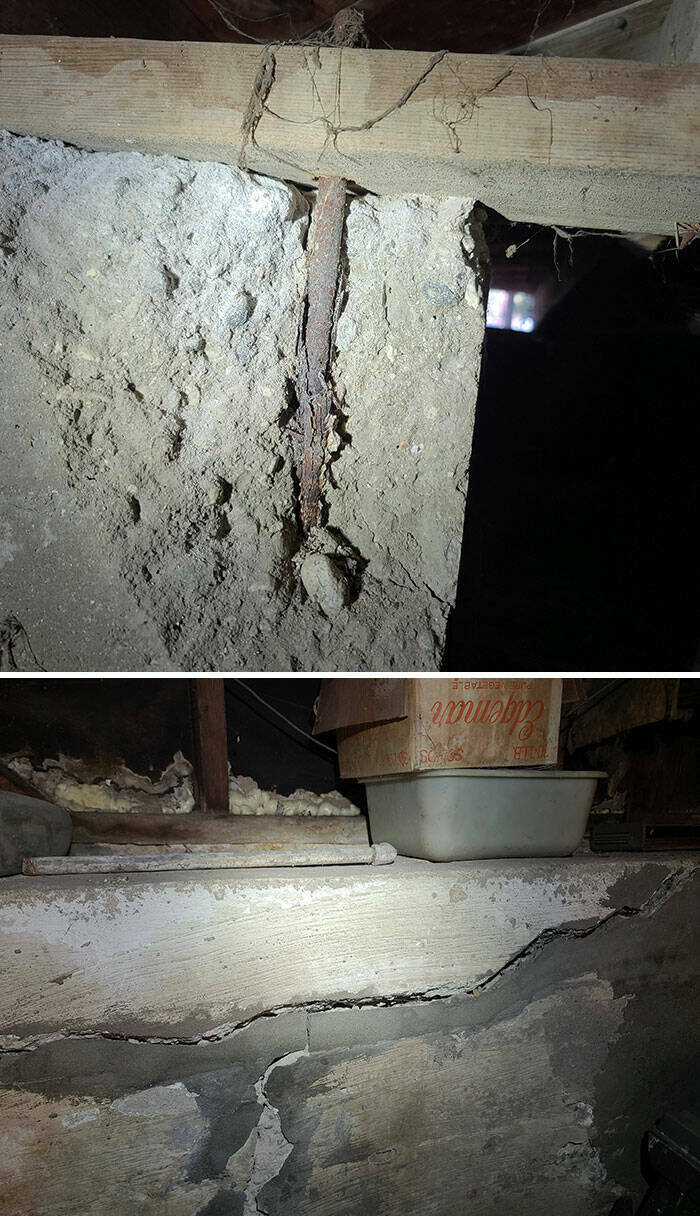
“This bolt has rusted and allowed the foundation wall to begin to spall. Horizontal foundation cracks are the most concerning. As you can see, the crack has been patched before, but this is something that needs to be replaced ASAP.”
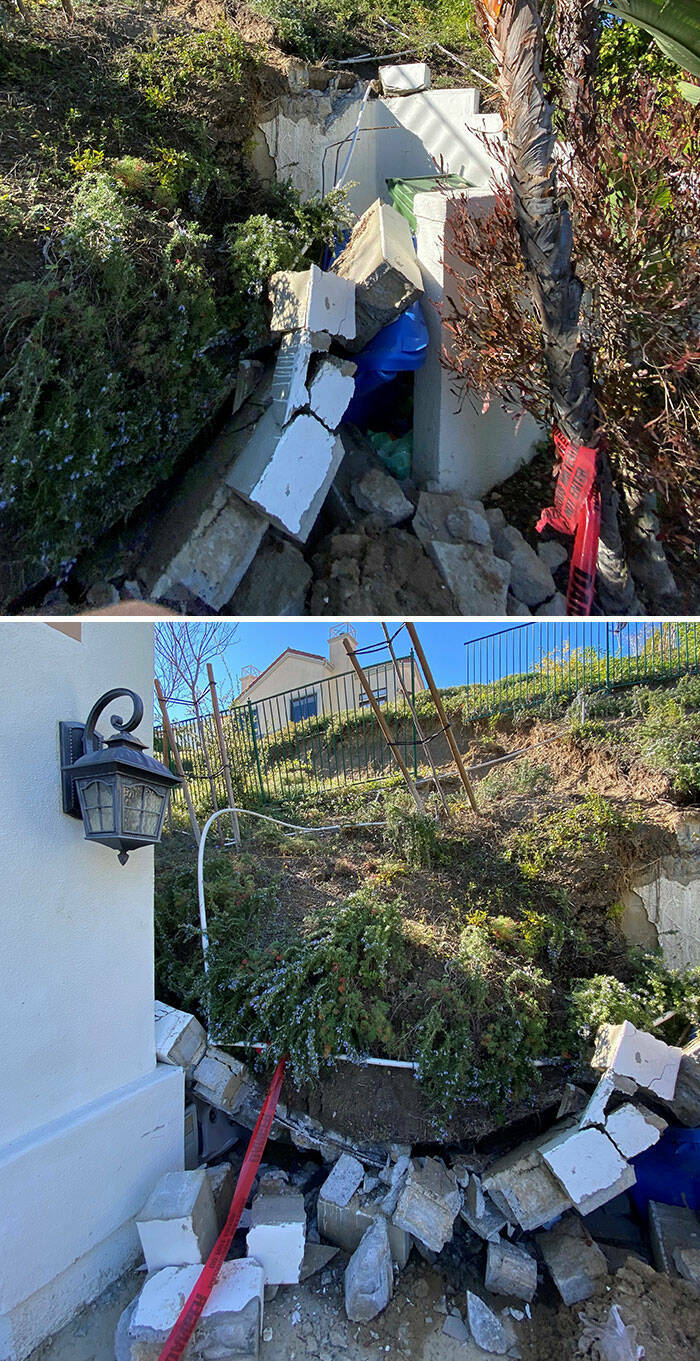
“This home’s retaining wall failed during the heavy rainfall Los Angeles experienced a couple of weeks ago. A common reason why retaining walls fail is saturated soils, usually from rain, with a lack of a proper drainage system behind the wall.”
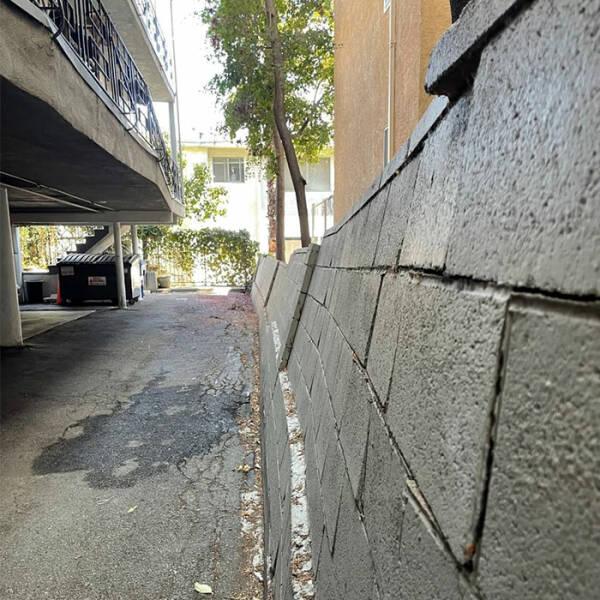
“Rebar, which is steel reinforcement, makes a wall stronger and reduces cracking and leaning. Older block walls may not have rebar in them and are more apt to crack or fail.
The majority of maintenance and repairs on a block or concrete wall can be done by masonry or concrete wall contractors. In extreme circumstances, a geotechnical and/or structural engineer may be needed.
I know it’s hard but take your eyes off the wall and look up to the balcony…
Yeah, that’s not supposed to happen either.”
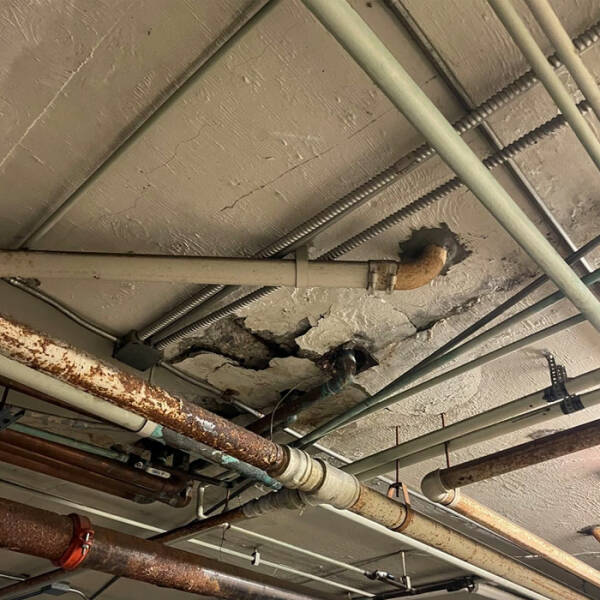
“Here we have some pretty serious spalling in a residential garage. Spalling is a term used to describe areas of concrete which have cracked and delaminated from the substrate. Concerning structural damage, it doesn’t happen overnight but persistent water leaks and failure deferred maintenance could cause significant structural issues.”
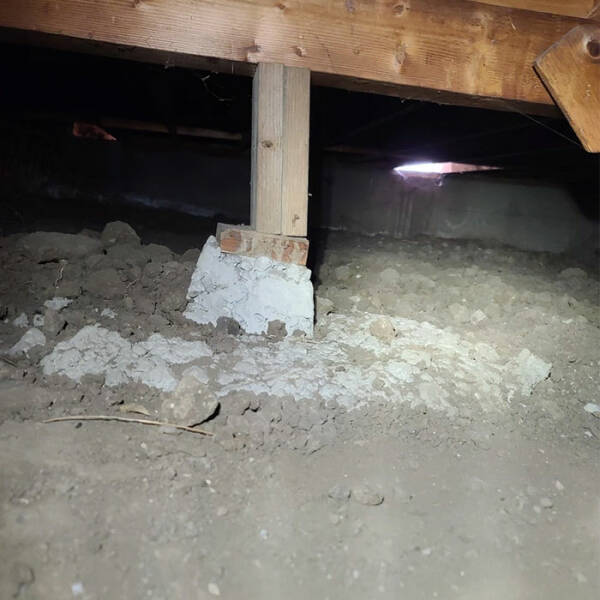
“Name a better duo: crumbling piers and tilting posts.”
Source: www.boredpanda.com
 Barnorama All Fun In The Barn
Barnorama All Fun In The Barn